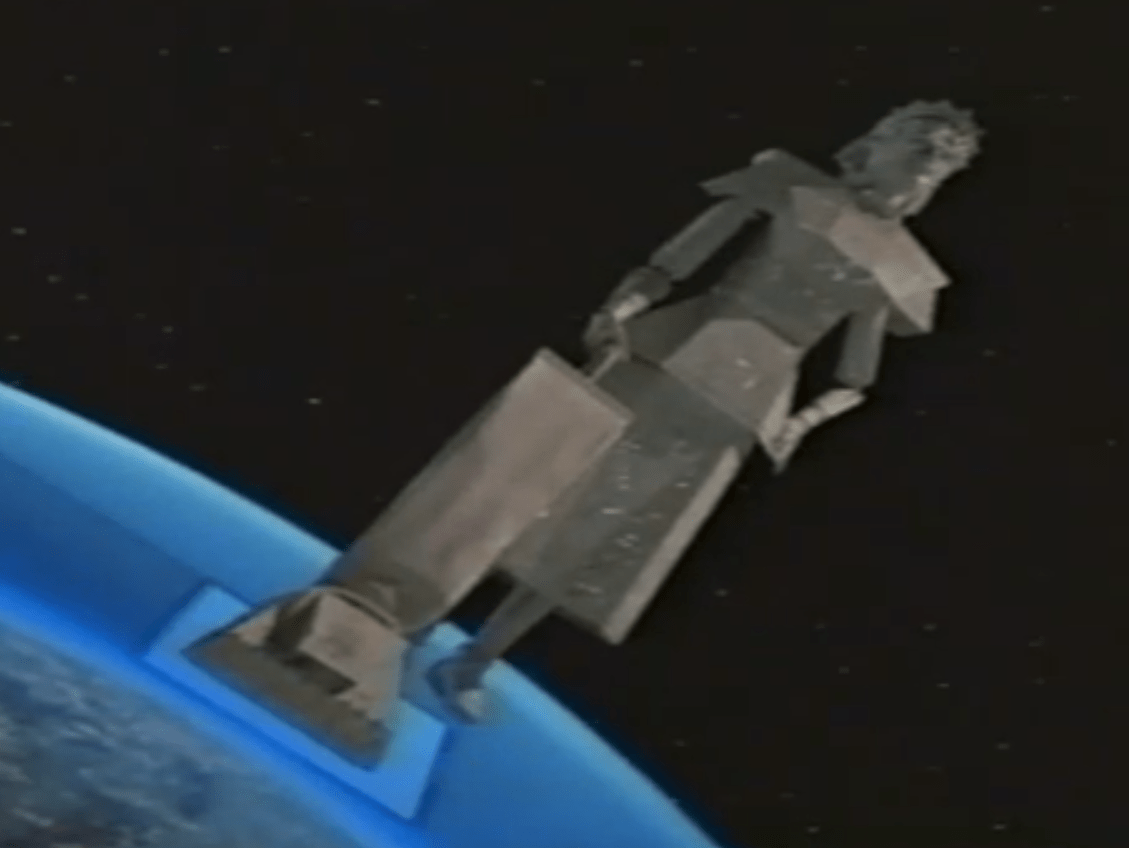
Sure, we could institute personal lifestyle changes, increase financial incentives for using cleaner fuels, and support research into alternative energy — but sometimes, isn’t the simplest way the best way? What if we could just clean up polluted air by vacuuming it? Dutch designer Daan Roosegaarde and his electrostatic vacuum cleaner are fixing to find out.
[protected-iframe id=”acd81b3d2dd1cd19ebb61c05a869d48d-5104299-30166106″ info=”http://www.fastcoexist.com/embed/d642b97434407″ width=”470″ height=”300″ frameborder=”0″ scrolling=”no” allowfullscreen=””]
Wait, is that really possible? Well, probably not really on a large scale, but on a small scale it seems to work. The contraption uses charged copper coils to magnetize and attract pollution out of the air. Roosegaarde has already demonstrated the technology in a 270-square-foot room, and now he proposes to clean up a 164-foot cylinder of air in Beijing, which has been experiencing debilitating smog.
That’s a big chunk of air, but it’s nowhere close to what the city needs. Still, Roosegaarde is hoping it’ll stand as a proof of concept — not just to show people that it’s possible to vacuum air with electrostatic fields, but to visually demonstrate why it’s necessary — “If people can see the difference between a cylinder of clean air and the smog that surrounds it, the smog machine might function like a bat signal, or a cry for help,” FastCoExist writes. And along those lines, Roosegaarde is considering turning the captured pollution into jewelry: “It is a statement to show [that] this is the new world, why do we accept the old world?” Only because we can’t vacuum it, I guess.



